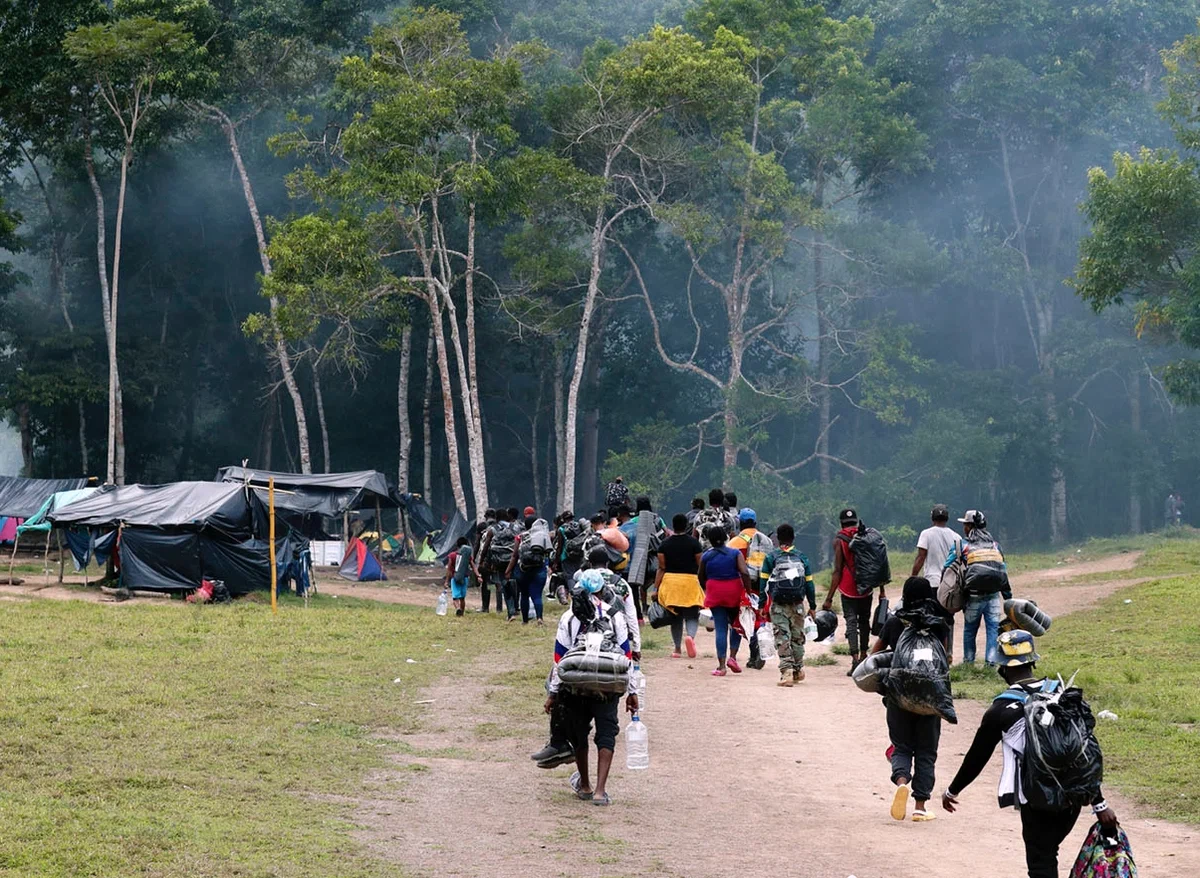Why can't you travel from North America to South America by car

North and South America are connected by a narrow strip of land - the Isthmus of Panama, several tens of kilometers wide. But despite the presence of a land section, there is no road or railway between the continents. It's not even about the Panama Strait: bridges have long been thrown across it.
Why, for several centuries of development of the continent, the Americans have not united both continents by a highway?
The Last Frontier of Wildlife
In fact, the countries of the New World still have a single network of roads – the Pan-American Highway. In the northern part of the continent, the route stretches from the village of Pradho Bay in Alaska to Panama. In the southern part - from Buenaventura in Colombia to Argentine Ushuaia. Not even the Panama Canal, through which several bridges are laid, is not an obstacle.
In the Guinness Book of Records, this path Recognized the longest track on the planet. However, the reference book is disingenuous. There is no highway between Panama and Colombia. This stretch of land motorists bypass on ferries across the Pacific Ocean.
Blame the so-called Darien Gap. This is one of the few regions that has preserved almost untouched American nature. Gap Is It is a territory of 160 by 50 km. On the Panamanian side, the national park of the same name is organized, which is included in the UNESCO World Heritage List.
In here Is 200 species of trees, more than 700 species of plants, 170 diverse mammals and an innumerable number of birds, reptiles, fish, as well as other animals.
What made Americans save Darien Park?
From a financial point of view, the road between Panama and Colombia could significantly reduce transportation costs, as well as become a powerful help for the economic development of all Latin American countries.
At the same time, according to naturalists, such a road is guaranteed to spoil the local ecology, becoming the reason for the extinction of dozens of animals. However, construction Stopped not a love of nature.
The Darien Gap on the Panama side is replete with swamps, and on the Colombian side it is overgrown with tropical rainforest and mountains. Such conditions not only significantly increase the cost of laying the highway, but also increase the risk of high incidence of workers - malaria, yellow fever, snake bites and insects.
In the last century, during the construction of the Panama Canal, more than 20 thousand people died from diseases and accidents. No one wants that history to repeat itself.
In addition, American politicians are wary of Colombian drug traffickers and various rebels. Latin America is a very turbulent region. Coups d'état and criminal wars regularly occur here.
Washington politicians believe that if a highway is laid through Panama, then the "fire of war" will be easier to spread to neighboring countries. Ultimately, it will simply not be safe to move along such a highway. It is easier to ferry cars.
Perhaps one day America will still be connected by road, and local residents will be able to easily drive a car from one end of the world to the other. But it won't be soon.
- Arts
- Business
- Computers
- Juegos
- Health
- Home
- Kids and Teens
- Money
- News
- Recreation
- Reference
- Regional
- Science
- Shopping
- Society
- Sports
- Бизнес
- Деньги
- Дом
- Досуг
- Здоровье
- Игры
- Искусство
- Источники информации
- Компьютеры
- Наука
- Новости и СМИ
- Общество
- Покупки
- Спорт
- Страны и регионы
- World


